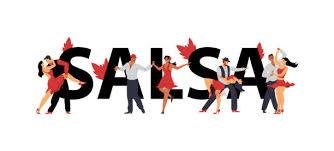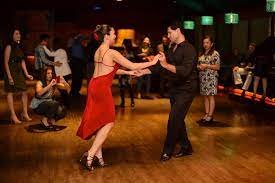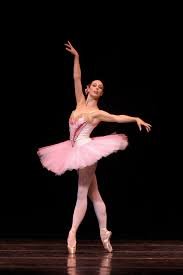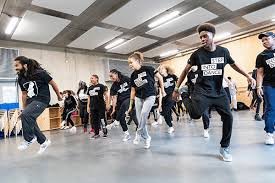What is Salsa Dance? What Are The 2 Types of Salsa Dancing?
Salsa is a popular Latin dance style that originated in Cuba and has since spread throughout the world. It is a social dance that is danced with a partner, and is characterized by its energetic and upbeat music, quick footwork, and intricate turns and spins. While salsa can be challenging to learn at first, with dedication and practice, anyone can become proficient in this exciting and dynamic dance style.
The basic steps of salsa involve moving the feet back and forth while shifting the weight from one foot to the other. The dance is danced on a specific rhythm, typically a 1-2-3 pause, 5-6-7 pause, which is counted in beats of music. Once the basic steps are mastered, dancers can begin to incorporate turns, spins, and more complex footwork into their dancing.

One of the keys to becoming proficient in salsa is to develop a strong sense of rhythm and timing. This can be challenging for some people, especially those who are not accustomed to dancing to Latin music. It is important to listen carefully to the music, and to practice counting the beats of the music in order to stay in time with the rhythm.
Another important aspect of salsa is partnering. In salsa, the leader (typically male) and the follower (typically female) work together to create a seamless and fluid dance. Leaders are responsible for initiating movements and leading their partner through the dance, while followers must be able to read and respond to their partner’s cues. Communication between the leader and follower is key, and it takes practice to develop the sensitivity and responsiveness necessary for a successful partnership.
Salsa also requires a certain degree of physical fitness and flexibility. The quick footwork and intricate turns and spins require a lot of energy and agility, and dancers must be able to move quickly and smoothly across the dance floor. It is also important to develop a strong core and good posture, as this will help with balance and coordination.

While salsa can be challenging to learn, it is also a lot of fun and very rewarding. Salsa dancing is a great way to get exercise, meet new people, and enjoy the music and culture of Latin America. With dedication and practice, anyone can learn to dance salsa and become proficient in this exciting and dynamic dance style.
What Are The 2 Types of Salsa Dancing?
Salsa dancing is a popular Latin dance style that originated in Cuba and has since spread throughout the world. Over time, salsa has evolved into different styles, each with its own unique characteristics and influences. While there are many different types of salsa dancing, two of the most popular are Cuban-style salsa and New York-style salsa.
Cuban-style salsa, also known as casino-style salsa, is the original style of salsa dancing that originated in Cuba. It is a fun and playful style that emphasizes rhythm, body movement, and improvisation. Cuban-style salsa is danced in a circular pattern, with the dancers moving around each other in a series of turns and spins. The style is characterized by its fluidity and smoothness, with dancers often incorporating playful gestures and movements into their dancing.
One of the key features of Cuban-style salsa is the concept of “rueda de casino,” or “casino wheel.” In rueda de casino, a group of dancers form a circle and perform a series of choreographed moves, with one person calling out the steps for the group to follow. This creates a fun and social atmosphere, and allows dancers to interact and improvise with one another.

New York-style salsa, also known as “Mambo on 2,” is a more structured and linear style of salsa dancing that developed in the United States. It is characterized by its precise footwork, sharp turns, and complex patterns. New York-style salsa is danced on a “2” rhythm, meaning that the dancers step on the second beat of the music instead of the first.
Unlike Cuban-style salsa, New York-style salsa is danced in a more linear fashion, with the dancers moving forward and backward in a series of intricate patterns. The style emphasizes precision and technique, with dancers often incorporating intricate footwork and styling into their dancing.
In addition to these two main styles, there are many other variations of salsa dancing, including Colombian-style salsa, Puerto Rican-style salsa, and LA-style salsa, among others. Each style has its own unique characteristics and influences, and offers a different experience for dancers and audiences alike.

Overall, salsa dancing is a vibrant and exciting dance style that is enjoyed by people all over the world. Whether you prefer the playful and improvisational style of Cuban-style salsa or the precision and technique of New York-style salsa, there is a salsa style out there for everyone.






